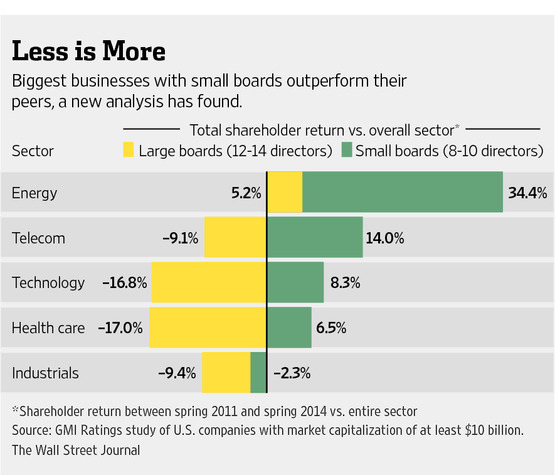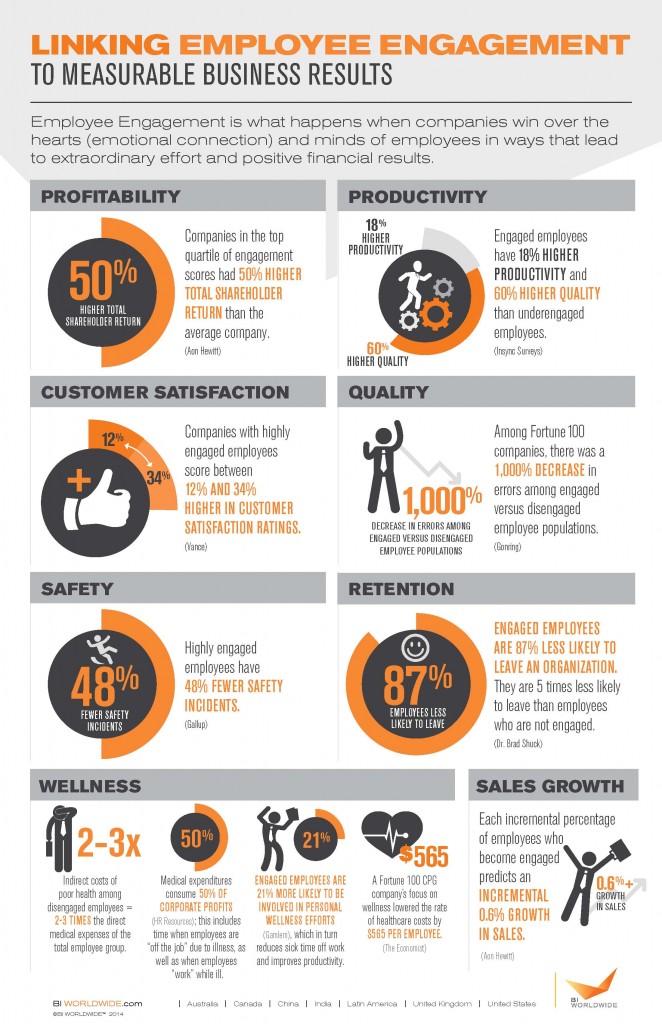 There continues to be growing firestorm of litigation initiated by the EEOC over hiring checks based on criminal backgrounds.
There continues to be growing firestorm of litigation initiated by the EEOC over hiring checks based on criminal backgrounds.
In one of the most high profile cases addressing this issue (that we previously blogged about here and here,) Judge Sam R. Cummings of the U.S. District Court for the Northern District of Texas issued a decision in State of Texas v. EEOC, granting the EEOC’s motion to dismiss a lawsuit brought against it by the State of Texas. The lawsuit regarded Texas’ “Enforcement Guidance on the Consideration of Arrest and Conviction Records in Employment Under Title VII.”
Texas argued that the EEOC did not have the authority to issue the guidance and that the EEOC’s position that Title VII trumps conflicting state laws violates its state sovereignty. Judge Cummings rejected the State’s arguments in this first-of-its-kind attack on the EEOC’s authority.
Case Background
In April 2012, the EEOC issued guidance urging businesses to avoid a blanket rule against hiring individuals with criminal convictions, reasoning that such rules could violate Title VII if they create a disparate impact on particular races or national origins. Like various other states, Texas has enacted statutes prohibiting hiring of felons in certain job categories. In November 2013, Texas sued the EEOC, seeking to enjoin the enforcement of this guidance, which Texas nicknamed the “Felon Hiring Rule.” In March of this year, Texas amended its complaint to include more specific allegations of injury. For example, Texas alleged that the EEOC issued a right-to-sue letter to an applicant who had been rejected by the Texas Department of Public Safety, after disclosing on his application that he had been convicted of a felony (unauthorized use of a motor vehicle). Texas claims that the job involved “access to sensitive personal information for all 26 million Texans.”
The EEOC offered three primary arguments as to why Texas’ lawsuit should be dismissed:
• Lack of jurisdiction because the EEOC’s guidance is not legally binding and does not constitute a final agency action.
• Texas lacks standing to pursue its claims, given that the guidance has no binding authority.
• Texas’ claims are not ripe.
The Court’s Decision
Judge Cummings based his decision entirely on a lack of subject matter jurisdiction. Because “Texas does not allege that any enforcement action has been taken against it by the Department of Justice (as the EEOC cannot bring enforcement actions against states) in relation to the guidance,” Judge Cummings held that there is not a “substantial likelihood” that Texas “will face future Title VII enforcement proceedings from the Department of Justice arising from the Guidance.” As standing to bring suit “cannot be premised on mere speculation” Judge Cummings determined that Texas lacked the necessary standing to maintain its suit against the EEOC.
While acknowledging that the EEOC did in fact issue a right-to-sue letter to an applicant who was rejected by the Texas Department of Public Safety, who believed he was discriminated against based on a prior felony conviction, that was still not enough for the court, since “there are no allegations that any enforcement action has been taken by the EEOC or Department of Justice” based on Texas’ “felony conviction” rule. Accordingly, since the guidance is not a final agency action and because no enforcement proceeding is pending against Texas, Judge Cummings dismissed the case as “seeking a premature adjudication in the abstract without any actual facts and circumstances relating to the employment practices at issue.
Implications for Employers
While Judge Cummings’ decision is a blow to one of the most high profile challenges to the EEOC’s guidance, the dismissal is solely based on procedural grounds and is in no way an acceptance of the guidance and/or the litigation initiated by the EEOC over hiring checks based on criminal backgrounds.
Furthermore, while the EEOC may have won the battle in round one of this lawsuit, the war is likely far from over. To this end, employers obtained strong ammunition to use going forward, based on certain arguments advanced by the EEOC in pursuing the dismissal of Texas’ case. In furtherance of its lack of standing argument, the EEOC admitted that the guidance is neither “legally binding” nor does it carry with it any “legal consequences.” As such, to the extent the EEOC attempts to rely upon the guidance moving forward as the basis for prosecuting disparate impact cases focused on criminal background checks—particularly in cases where the EEOC alleges that an employer willfully violated Title VII—employers need only turn to the EEOC’s representations to the U.S. District Court for fodder in their own defense. It remains to be seen whether Texas will appeal this ruling.
Stay Tuned!
This blog previously appeared on the Seyfarth Shaw website’s EEOC Countdown blog here.





